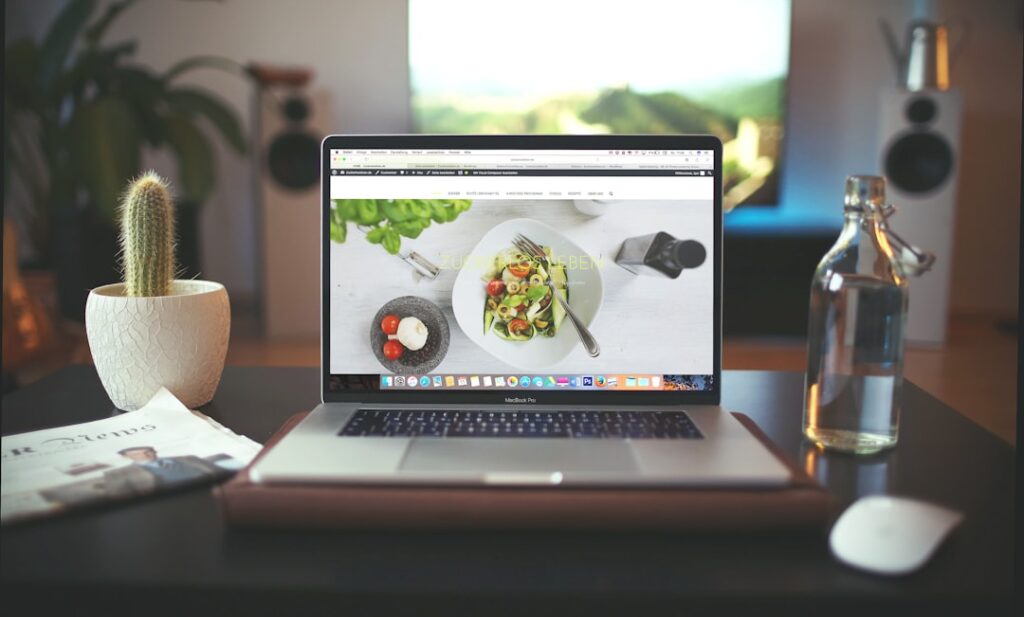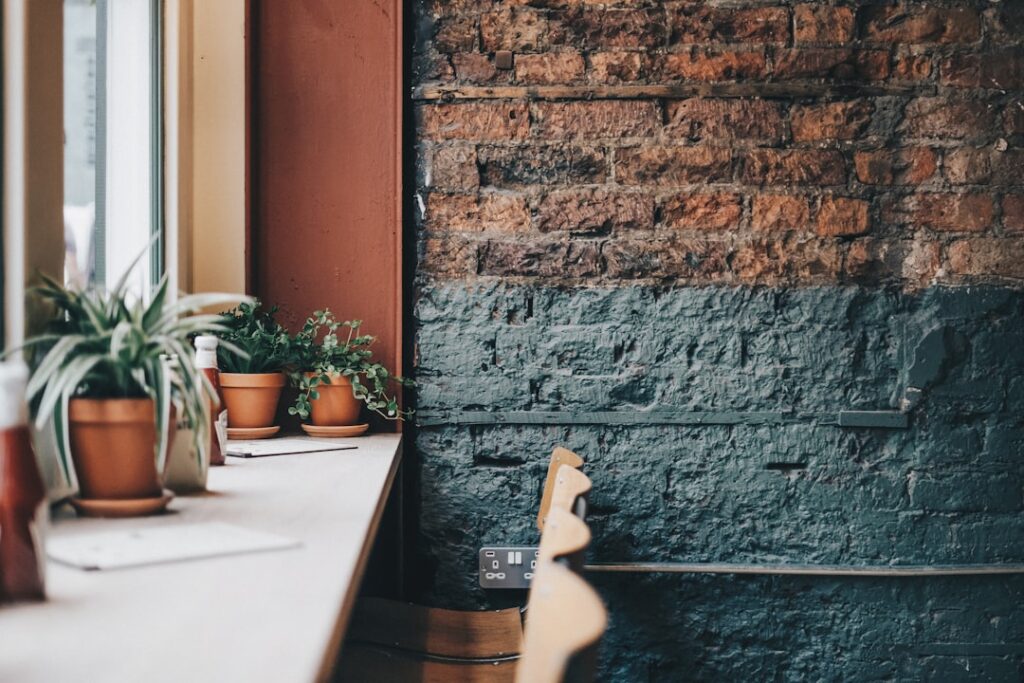The significance of office interior design extends far beyond mere aesthetics; it plays a crucial role in shaping the overall work environment and influencing employee productivity, morale, and well-being. A thoughtfully designed office can foster creativity, enhance collaboration, and promote a sense of belonging among employees. Research has shown that the physical workspace can impact job satisfaction and performance.
For instance, a study conducted by the University of Exeter found that well-designed workspaces can increase productivity by up to 32%. This statistic underscores the necessity of investing in a well-planned office interior that aligns with the company’s culture and values. Moreover, the design of an office can also reflect the brand identity of a company.
An innovative tech startup may opt for an open layout with vibrant colors and modern furniture to convey a sense of creativity and forward-thinking. In contrast, a law firm might choose a more traditional design with muted colors and classic furnishings to project professionalism and reliability. The interior design serves as a silent ambassador for the company, communicating its ethos to clients, visitors, and employees alike.
Therefore, understanding the importance of office interior design is essential for creating an environment that not only meets functional needs but also resonates with the company’s mission and vision.
Key Takeaways
- Office interior design plays a crucial role in creating a productive and inspiring work environment.
- Drawing inspiration from various sources such as nature, art, and architecture can help in revamping office interiors.
- Choosing the right color scheme can significantly impact the mood and productivity of employees.
- Functional and stylish furniture can enhance the aesthetics and functionality of the office space.
- Maximizing space and layout can improve productivity and create a more efficient work environment.
Finding Inspiration for Your Office Interior Revamp
Defining Your Aesthetic
For example, a minimalist approach may emphasize clean lines and uncluttered spaces, while an industrial style might incorporate raw materials like exposed brick and metal fixtures. By gathering images and ideas from diverse sources, you can create a mood board that encapsulates your desired aesthetic.
Gathering Ideas and Insights
Observing how different companies utilize space, color, and furniture can spark ideas for your own revamp. Attending design expos or trade shows can also expose you to the latest trends and innovations in office design. Engaging with design professionals or consultants can further refine your vision by providing expert advice tailored to your specific needs.
Curating a Collection of Ideas
Ultimately, the goal is to curate a collection of ideas that reflect your company’s culture while also addressing the practical requirements of your workspace.
Choosing the Right Color Scheme for Your Office

The color scheme of an office plays a pivotal role in influencing mood and productivity. Colors evoke emotions and can significantly affect how employees feel while working. For instance, blue is often associated with calmness and focus, making it an excellent choice for areas where concentration is key.
On the other hand, yellow is known to stimulate creativity and energy, making it suitable for brainstorming rooms or collaborative spaces. When selecting a color palette, it’s essential to consider not only the psychological effects of colors but also how they align with your brand identity. Incorporating accent colors can add depth and interest to the overall design without overwhelming the space.
For example, a predominantly neutral palette can be enlivened with vibrant accents in furniture or artwork. Additionally, it’s important to consider how natural light interacts with your chosen colors throughout the day. A color that appears vibrant in artificial light may look dull in natural light, so testing paint samples in different lighting conditions is advisable.
Ultimately, the right color scheme should create an inviting atmosphere that enhances employee well-being while reflecting the essence of your brand.
Incorporating Functional and Stylish Furniture
Selecting furniture that balances functionality with style is crucial for creating an effective office environment. Ergonomic furniture is particularly important as it promotes comfort and reduces the risk of injury among employees who spend long hours at their desks. Adjustable desks that allow for both sitting and standing positions are becoming increasingly popular as they encourage movement throughout the day.
Additionally, incorporating collaborative furniture such as modular seating arrangements or communal tables can facilitate teamwork and communication among employees. Beyond functionality, the aesthetic appeal of furniture should not be overlooked. Choosing pieces that align with your overall design theme can enhance the visual coherence of the space.
For instance, sleek modern furniture may complement a contemporary office design, while vintage pieces could add character to a more eclectic environment. It’s also essential to consider durability; investing in high-quality furniture can save costs in the long run by reducing the need for frequent replacements. By carefully selecting furniture that meets both practical needs and aesthetic preferences, you can create a workspace that is both comfortable and visually appealing.
Maximizing Space and Layout for Productivity
The layout of an office significantly impacts how employees interact and collaborate throughout their workday. An effective layout should promote productivity while accommodating various work styles. Open floor plans have gained popularity for their ability to foster communication and collaboration; however, they may not suit every organization.
For companies that require focused work or confidentiality, incorporating private offices or quiet zones can provide necessary seclusion. Utilizing space efficiently is also essential in maximizing productivity. This may involve rethinking how different areas are designated within the office—such as creating dedicated zones for collaboration, relaxation, or focused work.
Implementing flexible workspaces that can be easily reconfigured allows teams to adapt their environment based on project needs or team dynamics. Additionally, incorporating storage solutions that minimize clutter can help maintain an organized workspace, further enhancing focus and efficiency.
Utilizing Lighting to Enhance the Office Environment

Lighting is a critical element in office interior design that often goes unnoticed but has profound effects on employee well-being and productivity. Natural light is ideal as it not only reduces eye strain but also boosts mood and energy levels. Designing an office layout that maximizes exposure to windows can create a more inviting atmosphere.
If natural light is limited, incorporating adjustable artificial lighting options can help mimic daylight conditions throughout the day. Task lighting is another important consideration; providing individual lighting solutions at workstations allows employees to customize their environment according to their preferences. Additionally, using layered lighting—combining ambient, task, and accent lighting—can create a dynamic atmosphere that enhances both functionality and aesthetics.
Thoughtful lighting design not only improves visibility but also contributes to an overall sense of comfort within the workspace.
Incorporating Greenery and Natural Elements
The integration of greenery and natural elements into office design has gained traction due to its numerous benefits for employee health and productivity. Biophilic design principles advocate for incorporating nature into built environments as a means to enhance well-being. Plants have been shown to improve air quality, reduce stress levels, and increase overall job satisfaction among employees.
Simple additions such as potted plants on desks or larger greenery installations in common areas can create a more inviting atmosphere. Beyond plants, incorporating natural materials such as wood or stone can further enhance the connection to nature within the office space. Using these materials in furniture or architectural features can create warmth and texture that contrasts with more sterile elements like glass or metal.
Additionally, designing spaces with views of nature—whether through windows overlooking green spaces or artwork depicting natural scenes—can provide mental breaks for employees throughout their workday.
Incorporating Technology for a Modern Office Environment
In today’s fast-paced business landscape, technology plays an integral role in shaping modern office environments. The integration of smart technology can streamline operations and enhance employee experiences significantly. For instance, implementing smart lighting systems that adjust based on occupancy or time of day can improve energy efficiency while providing optimal lighting conditions for employees.
Moreover, incorporating collaborative technology such as video conferencing tools or interactive whiteboards facilitates communication among remote teams and enhances collaboration during meetings. Ensuring that workspaces are equipped with adequate power outlets and charging stations is essential for supporting employees’ technological needs throughout the day. By embracing technology thoughtfully within office design, companies can create environments that are not only functional but also adaptable to future advancements.
Creating Collaborative and Creative Workspaces
The modern workplace increasingly values collaboration and creativity as essential components of success. Designing spaces that encourage teamwork can lead to innovative ideas and solutions while fostering a sense of community among employees. Open-concept areas equipped with comfortable seating arrangements promote informal discussions and brainstorming sessions.
In addition to open spaces, creating designated collaborative zones—such as breakout rooms or innovation hubs—can provide teams with environments specifically tailored for creative thinking. These areas might feature writable walls for brainstorming sessions or flexible furniture arrangements that allow for easy reconfiguration based on group size or project needs. By prioritizing collaborative spaces within office design, organizations can cultivate a culture of innovation that drives success.
Adding Personal Touches and Branding Elements
Incorporating personal touches into office design helps create a sense of identity and belonging among employees while reinforcing brand values. Custom artwork featuring company milestones or employee achievements can serve as visual reminders of shared goals and successes. Additionally, integrating branding elements—such as logos or color schemes—throughout the workspace reinforces company identity while creating a cohesive aesthetic.
Encouraging employees to personalize their workspaces with personal items or decorations fosters individuality within the collective environment. This balance between personal expression and brand representation contributes to an engaging atmosphere where employees feel valued and connected to their workplace culture.
Hiring a Professional Interior Design Team for Your Office Revamp
While many organizations may consider undertaking an office interior revamp independently, hiring a professional interior design team can provide invaluable expertise and insights throughout the process. Design professionals bring experience in space planning, color theory, materials selection, and ergonomics—ensuring that every aspect of the design aligns with both functional requirements and aesthetic goals. Collaborating with an interior design team allows companies to leverage industry knowledge regarding current trends while avoiding common pitfalls associated with DIY projects.
Furthermore, professionals can help navigate budget constraints effectively by recommending cost-effective solutions without compromising quality or vision. Ultimately, investing in professional design services can lead to a more successful office revamp that enhances employee satisfaction and productivity while reflecting the organization’s unique identity.
If you are looking to maximize comfort in your office space in Dubai, consider incorporating ergonomic furniture. This can help improve productivity and overall well-being of employees. To learn more about how ergonomic furniture can benefit your office interior, check out this article here. Additionally, if you are interested in revamping your office interior design, you may want to consult with a reputable office interior design company in Dubai. They can help you create a modern and functional workspace that reflects your brand and values. To explore more about office interior design companies, click here. Revolutionize your workspace with a modern office design that promotes collaboration and creativity. Find out more about modern office design trends in Dubai by reading this article here.


